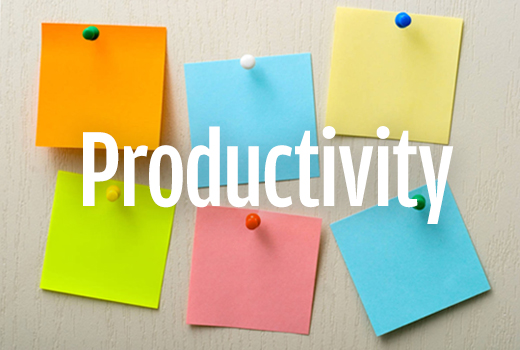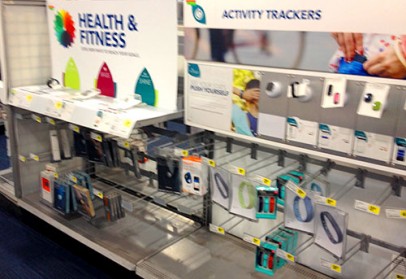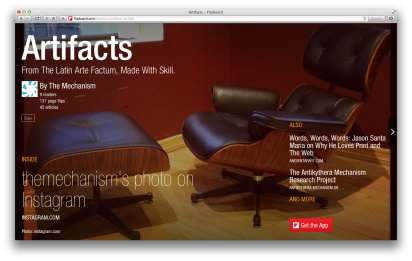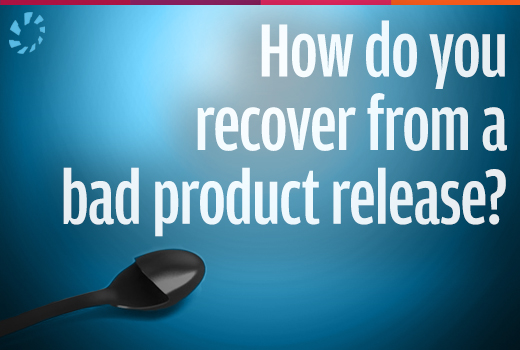April 29, 2014 - Comments Off on Meeting Milton
Meeting Milton
![]() At the end 2013..... before this final season of Mad Men was in the can, I had the unexpected and most extraordinary opportunity to MEET Milton Glaser. Not only to meet the demiurge of 20th-century eclecticism in communications design, but to actually hang out in his studio space and chat with the man. This is that same comfortable and time-worn space in which Mr. Glaser has, for over 40 years, created some of the most memorable and thoughtful artwork, poster design, identity programs, campaigns and so much more.
At the end 2013..... before this final season of Mad Men was in the can, I had the unexpected and most extraordinary opportunity to MEET Milton Glaser. Not only to meet the demiurge of 20th-century eclecticism in communications design, but to actually hang out in his studio space and chat with the man. This is that same comfortable and time-worn space in which Mr. Glaser has, for over 40 years, created some of the most memorable and thoughtful artwork, poster design, identity programs, campaigns and so much more.
His clients, those seeking meaning in their marketing efforts, comprise a diverse range of enterprise from film, music, theater and publishing, to cultural, civic and institutional entities. They came to Mister Glaser for something remarkable, some insight that would flick on a light switch for almost everyone who encountered his work.
Do I sound like a giddy schoolboy? That's fine. I came for the same thing. Something remarkable. Some insight that would reaffirm why we designers love to create.
I graduated from my design program during the mid-1980's when Milton already had attained mythological status. This was the era when post-modernism and deconstructionist sensibilities were part of a standard discourse. The notion of articulating expressions of the hand-drawn could instill value and meaning by adding a layer of subtext to anything from an annual report to a poster about AIDS awareness.
I have to wonder, as I work in a predominantly digital realm, are we still as invested in the subtext of meaning in crafting a deeper message? A deeper experience? Can we be digital and deep?
And so I had an audience with someone who in my book, may as well be the 5th Beatle. Or perhaps a better analogy would be....the Gautama Buddha of creative thinking and brand design.
As I walked across 32nd Street, my hands were clammy and my heart raced. I rehearsed one or two of what I thought where intelligent observations or questions about Mr. Glaser's place in design history. But how did I even get here? Who am I to have this opportunity? The afternoon was orchestrated by a former teaching colleague of mine. I had taught at the SUNY College at Buffalo NY for some ten years before I came to NYC To be a Mad Man once again. I sort of strong-armed my way into the event when I heard Milton Glaser had agreed to chat with a small group of students. And so here I was a crass commercial digital Mad Man, posing as an intellectual once again. Hoping no one will notice that I was torn, as most of us are, between both meaning and money.
Walking up to the building, I was delighted by the thoughtful phrase etched in the glass transom above the outside front door. "Art is work". A simple true statement. This was going to be good.
We waited for Milton in an area that felt like the small kitchen in an old grade school. The afternoon's autumnal sunlight warming the yellow wood trim on the window sills. Artifacts of Milton's tremendously productive career on the shelving all around the room.
There was a large wooden dinner table from the 1960's with not enough seats around it for the nine of us, and so I chose to stand. While we waited some twenty minutes for Milton to join us, the other professors and the small group of college students chatted excitedly and rehearsed their questions with each other. I, the self-invited interloper, remained on the quiet side, rehearsing my little question in my head. Partly because I wanted to get it right, partly because I didn't want to share my thoughts ahead of time. I preferred to sound cool and casual.
And so Milton joined us. He beams kindness and understanding as he sits at the head of this well-worn table. "What can I possibly do for you all today"? The question was directed at me. I realized I was mistaken as the leader since I was the only one standing in the group. I had to explain that Professor Pete Bella had put this together and these were his students. I was simply too far away from the closest chair when the music stopped, and so here I stood.
The first thing one notices as he speaks, is that Milton is extremely articulate and thereby quite economic in his use of words. There is not one syllable wasted on trifle and I imagine each of us around the table was thinking "I wish I were more like that - thoughtful and direct". I realized that he says so much with imagery and artistry in his daily life, that his understanding of those things around us and those things we are talking about, comes from a deeper reflection on life that is constant like a Zen Master. That his internal perspective is well considered, calm, and calming.
We were poised and ready. Professor Bella asked Mr. Glaser to share with us what he thought the future held for young designers. I asked my well rehearsed "off the cuff" question, about his push against the cool aesthetics of Mid-Century Modernism by introducing a New Eclecticism that infused humor and ornamentation into the culture of corporate design.
What we got instead was a lovely story. Milton shared something that he saw on PBS the night before. (Suck-up that I am, I happened to have seen much of this show as well, and so I locked eyes with my buddy Milton and added my small comments of agreement- desperate to be liked by the man).
The story was about a blind horse and a goat. They had a most unlikely and loving relationship wherein the goat would take the Horse's rope-tether in his mouth every morning and lead the horse to both food and water. They sat in the sun together. They communicated. When the horse eventually died, he was buried under a tree on the hillside where the goat and horse spent much of their time. After the horses passing, that goat would walk alone everyday, all the way to the spot where the horse was buried and just sit there.... all day.
It is a beautiful story I have shortened here. Milton shared that with us....and as he finished he held his right hand over his heart. He paused, filled with the love and meaning of that relationship. He was overwhelmed. He smiled a slow smile and gave us time to share that feeling.
We all took in that moment. Whether you had seen the PBS show or not, everyone in that room was moved. In that short opening Milton conveyed so much meaning and clarity without being didactic or obvious. That is his gift. Milton Glaser has an ability to design, create, and communicate, while maintaining the human in humanity.
We did eventually speak more directly about design process and its place in our culture. Milton was also very clear about his distaste for advertising and marketing as a pure form of propaganda. He was adamantly against using our powers to persuade the unsuspecting individual to purchase things they don't need. To manufacture desire where there was none. He spoke of the political ramifications of the power of good design. Advertising, whose job was to sell dreams and create desire can be used for good...or for profit....or possibly both.
I know it sounds obvious, but as we basked in that radiant intellect, we realized that we each have the power to speak to the human condition.
As I left that day, saying good-bye to my good friends, Professors Stan Friesen and Pete Bella, and my new friend Milton Glaser, I was still giddy. I carry that with me everyday. (that and a selfie of me n Milton) - And I thank Milton for the conscious appreciation and new energy.
I can say with confidence that everything is OK in the design world. Horses and Goats not only get along, but live and love in harmony.
And YES it is OK to feel deeply and design digitally.
Published by: michaelanthony in Non-Profits, The Design Mechanism
Tags: milton glaser






